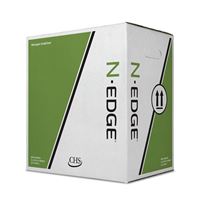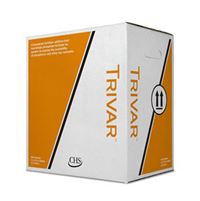The results of the soil sample test will allow growers to identify the levels of each nutrient present in the soil and the nutrients needed to maximize yield. In the fall, applications are focused on restoring portions of nitrogen, phosphorus, and potassium levels in the soil for the next growing season.
Before identifying rates of application, it is important to consider the soils cation exchange capacity (CEC) and amount of organic matter present. The CEC indicates the soils capacity to retain nutrients, which is essential when applying fall fertilizer since the soil will be storing the nutrients for future use. Organic matter also contributes nitrogen to the soil that is released throughout the growing season. Soil tests take the amount of organic matter into consideration when calculating nitrogen levels. A good rule of thumb to know is that for every one percent of organic matter in the soil, thirty pounds of nitrogen per acre will be available at some point during the growing season.
Fall applied fertilizers can be lost in the soil if not integrated properly and protected. Light tillage to integrate the fertilizer into the soil or cover crops will help the soil store nutrients over the winter. Additionally, product stabilizers and chelating agents will protect and provide nutrients to be available to the plant when needed.
Featured products

N-Edge®
Protect your nitrogen applied this fall with the N-Edge line up that provides options for protection against volatility, leaching and denitrification in above and below ground applications. Choose the formula that is right for your operation and enjoy healthier crops and greater yield.

Trivar®
To get the most out of your phosphorus, Trivar prevents micronutrients from binding with phosphorus. This leaves more phosphorus available for uptake and increases overall nutrient efficiency within the plant, leading to healthier plants and improved yield.




